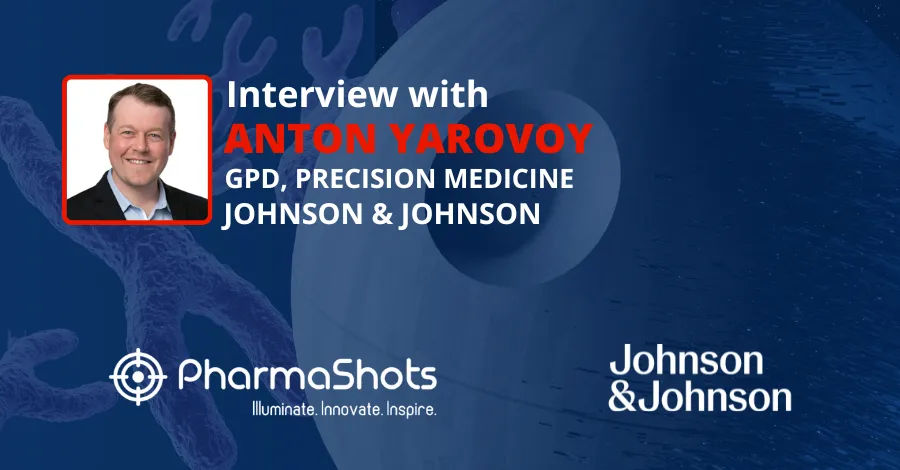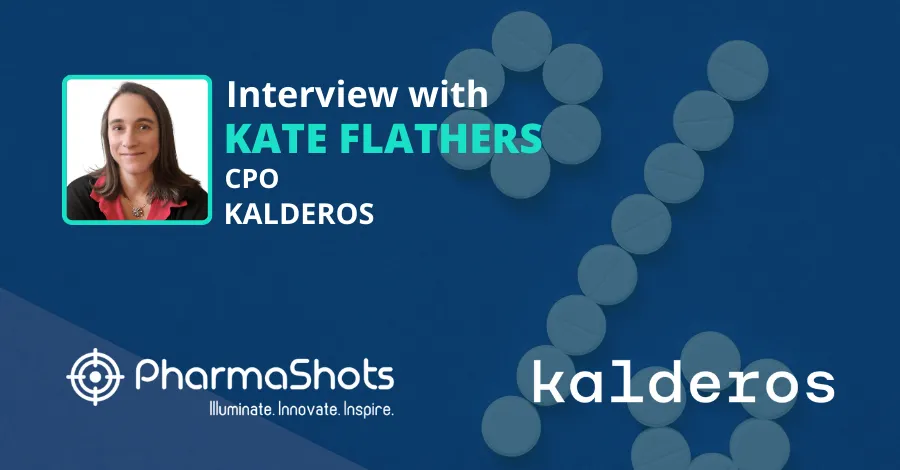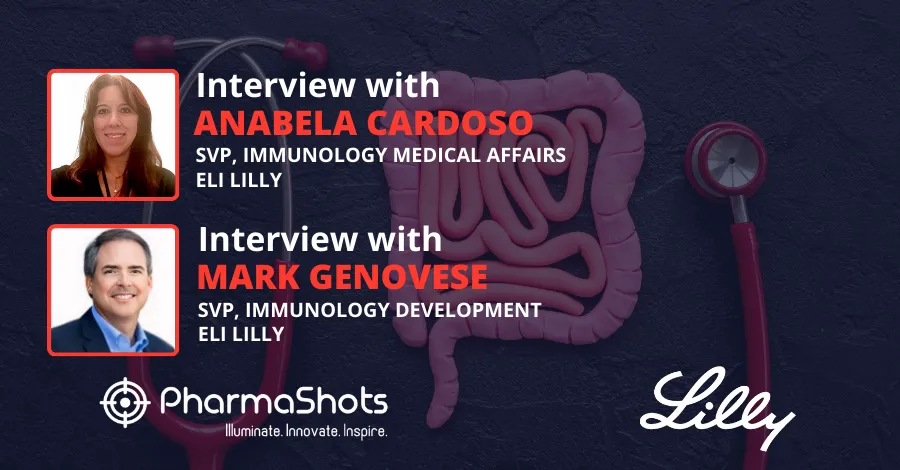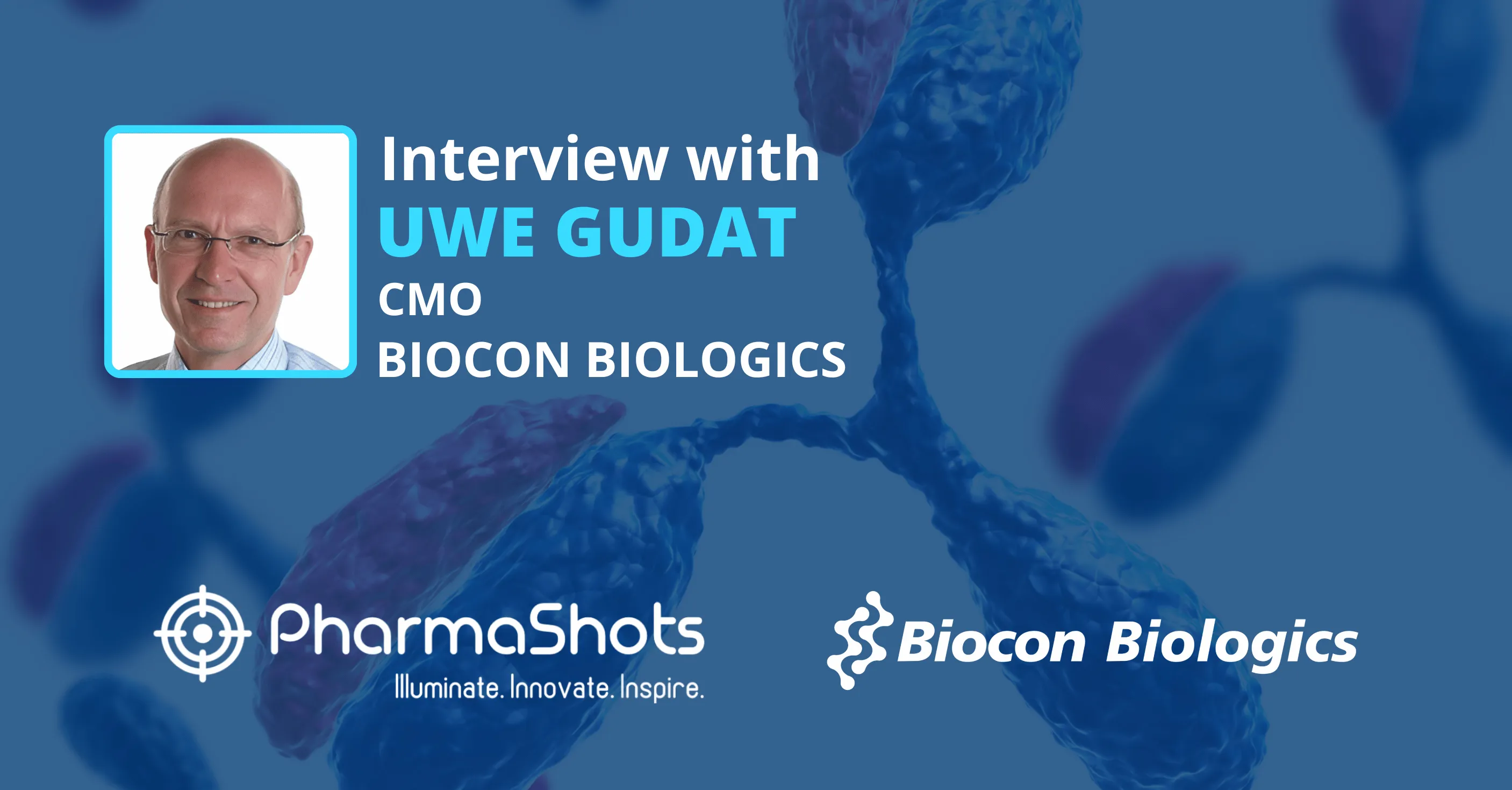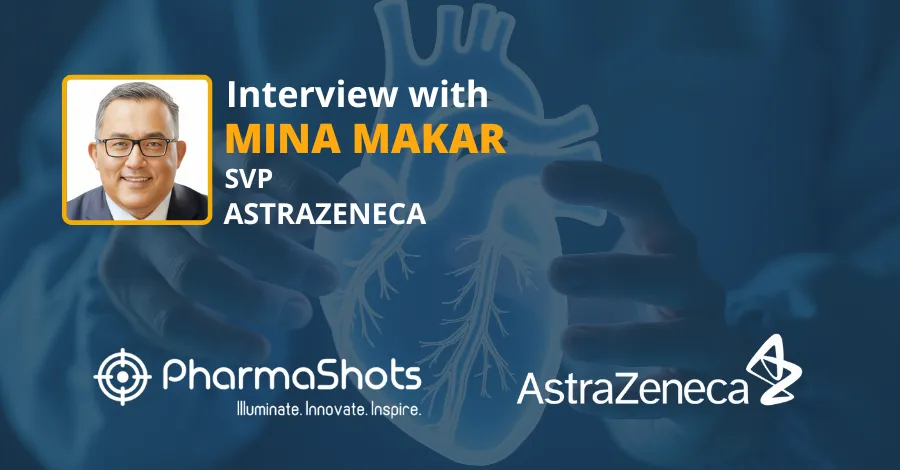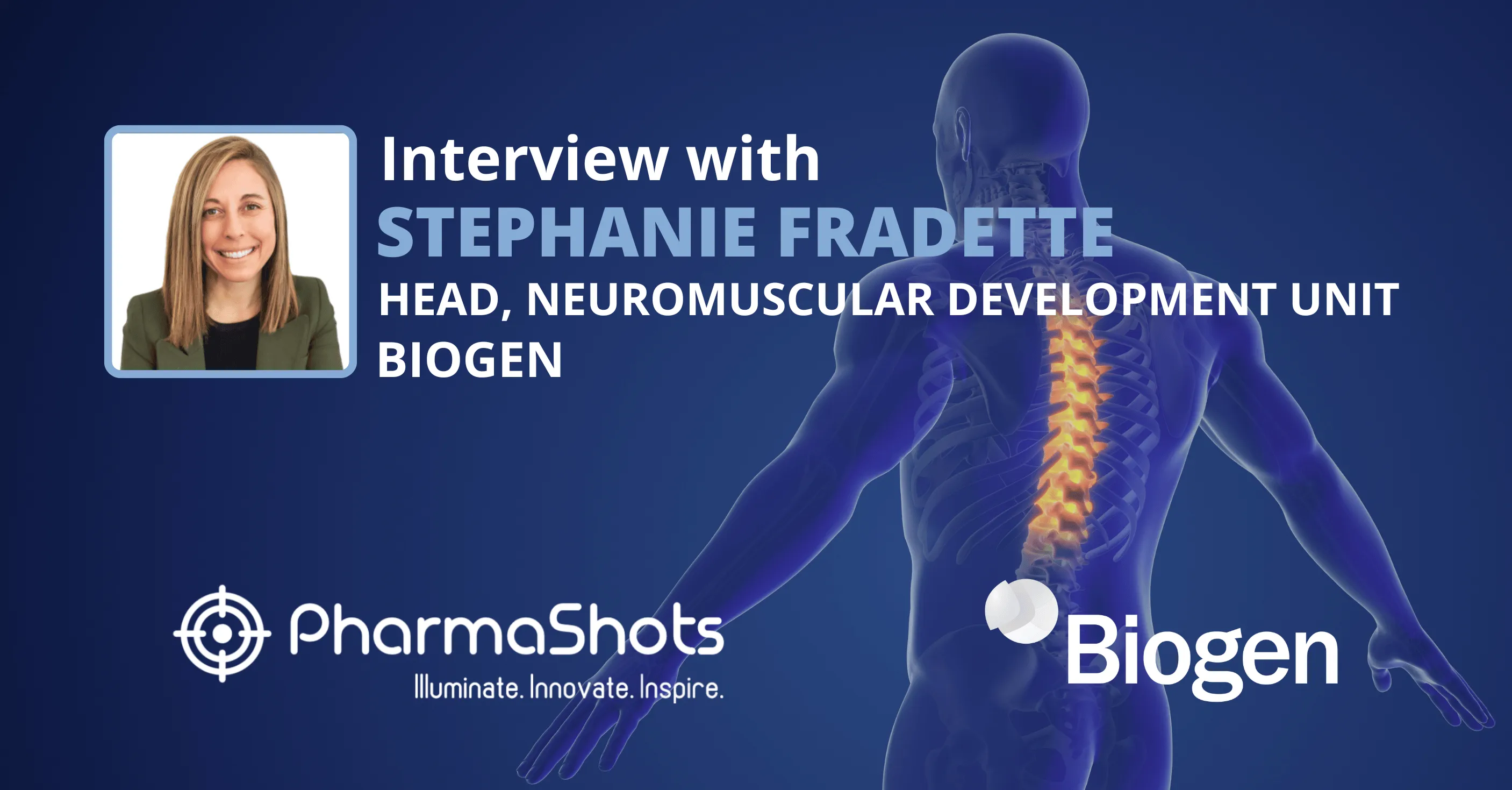
Alternative Treatment: Kurt Harrington from Ventoux Biosciences in a Gripping Conversation with PharmaShots
Shots:
-
Dupuytren’s disease is a chronic progressive & debilitating fibrosis that impacts hands. There’s an unmet need to treat Dupuytren’s disease, especially when looking for a pharmacological substitute for surgical interventions
-
Today, at PharmaShots, we had the pleasure to speak with Kurt Harrington, CEO and Founder of Ventoux Biosciences
-
Kurt shares insights from the preclinical studies of VEN-201 for the treatment of Palmar Fibromatosis (Dupuytren’s Disease) and Plantar Fibromatosis (Ledderhose Disease)
Saurabh: Could you share some insights from the preclinical studies for our audience?
Kurt: Yes, of course. Dupuytren’s disease is a complex disease with no known cure, primarily treated through surgical means. There's a pressing need for innovative treatments to slow its progression rather than solely relying on surgical interventions. Our approach involves repurposing existing products to expedite the development of new treatments. For our preclinical study, we utilized an established dermal fibrosis mouse model commonly used for scleroderma research. In this study, mice were administered daily doses of bleomycin to induce fibrosis. Subsequently, one group received daily doses of VEN-201, while another received VEN-202. VEN-201 exhibited promising anti-fibrotic effects alongside a positive safety profile. The primary objective was to assess these compounds' anti-fibrotic effects, and VEN-201 demonstrated efficacy in this regard. Currently, our focus is on advancing VEN-201 towards first-in-human studies, with forthcoming steps including FDA interactions, formulation optimization, patient delivery methods, and bolstering our patent portfolio.
Saurabh: Your journey into the biopharma industry is quite recent. Our audience would love to know more about your company and the idea behind Ventoux Biosciences.
Kurt: I have spent my entire career working in the Biotechnology and Pharmaceuticals. My background is in commercial and strategy and in recent years, I spent significant time focused on evaluating markets, evaluating potential new indications for existing / in-market products, evaluating indication targets for emerging technologies, as well as helping companies raise awareness for under-served and / or lesser know diseases. As a Dupuytren’s and Ledderhose patient - I of course have always closely monitored current and emerging treatment options. I am thankful for the procedures I have undergone in effort to maintain hand function however; we greatly need more options for this debilitating disease. As many are familiar, most diseases have multiple treatment classes of medication and multiple medications within each class. Dupuytren’s disease lacks pharmacologic treatment options for patients with early or moderate stage disease. Patients simply need to wait and hope their hands do not progress and when they do, they most often times have a surgery. The unmet medical need for a safe and effective pharmacologic treatment that can be used early on in the course of the disease to slow it down or ideally halt progression is significant and would provide great benefit to patients. Given my Dad has this disease and just completed his 8th surgery. I have had three surgeries and three full courses of targeted radiation and I felt my purpose was to leverage my experience and industry contacts to develop additional options for all Dupuytren’s patients - including my Dad, my son’s, and future generations - should they develop this disease.
Saurabh: Tell us more about Dupuytren’s disease. Since you have Dupuytren’s disease, would you mind talking about the challenges you faced?
Kurt: Dupuytren’s disease is a common, chronic, progressive, and debilitating fibrosis that impacts the hands. As the disease progresses, patients fingers contract / curl inwards towards the palm and are locked in place. Patients are unable to open their hands, extend their fingers, and unable to spread their fingers. Pain is commonly cited by patients yet under-represented in the literature and many patients also experience itching in the fibrotic areas. The disease is surprisingly easy to diagnose as early stages are often represented by a fibrotic nodule(s) in the palm of the hand and / or a tight “V” shaped pit that often forms below the 4th / ring finger. As the disease progresses, these areas build up more collagen and the cords that run up and down the fingers begin to contract. At present, options are focused on removing or breaking down the collagen as an acute remedy for later stage disease. Our mission is to slow or stop the disease in early stages to help patients retain hand function and potentially delay or avoid more severe interventions.
Personally the disease impacts me in many ways. Similar to patients with RA - I have pain and sensitivity in the areas of my hands where fibrosis is present. I have undergone three different surgeries to straighten or try to straighten my fingers and I have had three courses (30 individual zaps) of radiation to try and slow nodule growth and / or preserve the benefits of a surgery. Even with my proactive approach to treatment, I have given up playing golf, classical guitar, and I regularly need to have others (my boys) help open jars - in part due to pain / sensitivity and in part due to some loss of strength. Our immune system often plays a role in fibrotic diseases and that is true in Dupuytren’s as well as patients often notice initial signs of disease following an injury or surgery in the arm, wrist, or hand.
Even something as simple as catching a football can lead to disease activation where nodules may begin to appear in those areas of the hand. For these reasons, I continue to live my life but I am quite cautious with my hands and have 30+ pairs of gloves. I have continued to due triathlons, coach football, and play guitar as I refuse for the disease to win however; at the same time - protecting the hands and limiting hits, bumps, vibrations, etc.. is advised.
Saurabh: There is an unmet need when it comes to seeking treatment for Dupuytren’s disease. Currently, what are the available options for the treatment or management of Dupuytren’s disease?
Kurt: Currently, treatment options for Dupuytren’s disease are limited, with surgical interventions serving as the primary recourse. Procedures such as Needle Aponeurotomy and collagenase injections offer less invasive alternatives, with varying degrees of effectiveness and higher recurrence of disease. More invasive procedures like fasciotomy or fasciectomy involve surgically removing fibrotic tissue. Additionally, low-dose radiation therapy has emerged as a means to slow disease progression, particularly in early stages. Despite these options, there remains a significant unmet need for pharmacological treatments capable of halting or slowing the disease's progression.
Saurabh: Discuss the challenges you faced in the development phase, and when are you going for the P-1 study.
Kurt: Navigating the complexities of Dupuytren’s disease posed significant challenges during the development phase. Despite this, our dedicated team of fibrosis and Dupuytren’s researchers meticulously evaluated various models and methodologies before commencing the study. Currently, our focus is on expeditiously progressing towards the Phase 1 study. Prior milestones include preparing for and conducting a Pre-IND meeting, as well as refining formulation and delivery methods for patient use.
Saurabh: Are you looking for any collaborators to further develop VEN-201?
Kurt: Our primary focus at Ventoux Biosciences is the development of VEN-201 for Dupuytren’s disease. However, given its potential applicability in other fibrotic or immuno-fibrotic conditions, we remain open to collaborations for additional indications as we advance its development.
Saurabh: Does your company have any other drugs in its pipeline, and do you plan to explore other areas?
Kurt: In our recent preclinical study, we evaluated a second compound, VEN-202. However, it did not demonstrate the desired anti-fibrotic effects, and thus, we do not plan to advance its development. We believe VEN-201 holds promise not only for Dupuytren’s disease but potentially for other fibrotic conditions. As we progress, we will carefully assess lifecycle options while maintaining our focus on Dupuytren’s disease.
Image Source: Canva
About the Author:

Kurt Harrington
Kurt Harrington is a pharmaceutical industry professional, with extensive experience in commercial and corporate strategy. With a proven track record of success and over 25 years of experience, Kurt has consistently demonstrated his ability to drive growth and innovation in specialty markets.
As the founder of Ventoux Biosciences, Kurt Harrington leads a pioneering effort to address Dupuytren's disease, a familial condition affecting millions worldwide. Ventoux Biosciences aims to revolutionize treatment options for this debilitating disease, offering hope to patients and families that currently face limited options.
Kurt Harrington's passion for healthcare innovation is matched only by his commitment to his family. Married with two sons, he cherishes time spent with loved ones, traveling, watching sporting events, live music, playing guitar, as well as cycling and running.
Kurt's academic background includes an MBA in Pharmaceutical Marketing from St. Joseph's University and a BS in Marketing from Western Michigan University, providing him with a solid foundation for his entrepreneurial endeavors in the pharmaceutical sector.
Driven by a desire to make a meaningful impact on the lives of others, Kurt proudly leads Ventoux Biosciences with vision, integrity, and unwavering determination.
Related Post: Funds Raised: Jason Hannon from Mainstay Medical in a Stimulating Conversation with PharmaShots
Tags
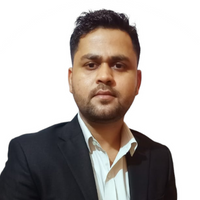
Saurabh is a Senior Content Writer at PharmaShots. He is a voracious reader and follows the recent trends and innovations of life science companies diligently. His work at PharmaShots involves writing articles, editing content, and proofreading drafts. He has a knack for writing content that covers the Biotech, MedTech, Pharmaceutical, and Healthcare sectors.




